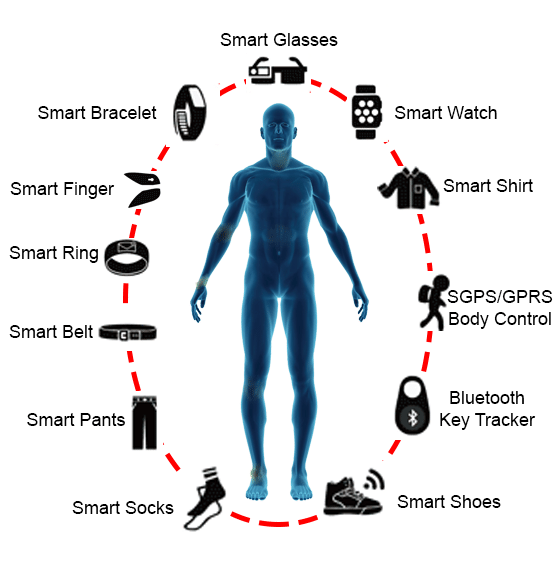At first glance, wearable technology can seem to be a relatively recent development. The first product most consumers will think of when hearing ‘wearable technology’ is often an Apple Watch, a FitBit or perhaps a pair of Apple Airpods. Interestingly, wearable technology has been around for several decades and one of the first pieces of wearable technology was actually invented as a cheating device. The technology that started as a cheating device, is now arguably the technology that will be fundamental for the future development of connectivity.
One of the first wearable technologies was invented in 1961 by Edward Thorp and Claude Shannon. Thorp and Shannon created a computer small enough to fit into a shoe, which was able to predict where the ball would land in a game of roulette. The small computer used information theory to predict where the ball would land, which would then be communicated musically to Thorp and Shannon through a tiny speaker in their ears. A decade later, in 1975, the calculator wristwatch became the first mainstream wearable tech product. The calculator wristwatch was famously known for being worn by Marty Mcfly in Back to the Future. The following years, multiple mainstream wearable technologies such as the Walkman and iPod were introduced. Although all these inventions are in fact considered to be wearable technology, modern wearable tech is aimed more towards consumer ease and connectivity as opposed to a cheating device or portable cassette player.
Modern wearable devices are at the core of almost all discussions related to the Internet of Things, and the many possibilities that pervasive connectivity can offer. An example of the capabilities of modern-day wearable tech can be found in the functionalities of the Apple Watch. This device offers a high level of connectivity, as it can send and receive messages, process transactions and monitor your heartrate which is communicated to your phone seamlessly.
The Apple Watch is just a small indication of the possibilities of wearable technology. Wearable technology ranges from smartwatches to exoskeletons, the possibilities are endless. Exoskeletons, robotic suits in simple words, have also been gaining traction as wearable technology. This technology is less consumer orientated however, exoskeletons are currently more in use for people with certain disabilities or they function as a preventive measure within certain companies. Hyundai Motor Group for example has tested the ‘Hyundai Vest Exoskeleton’, which aims to reduce pressure on factory worker’s necks and backs.
As wearable technology can take up many forms and can be present in multiple industries, it can be stated that wearable tech stands at the basis of the future of technology. Wearable tech has already been widely adopted in its current form, and the innovations within the existing technology will only improve.
Sources:
https://nl.mouser.com/applications/article-iot-wearable-devices/
New Exosuit Built By Vanderbilt Engineers Could Change Work Habits of the Future


